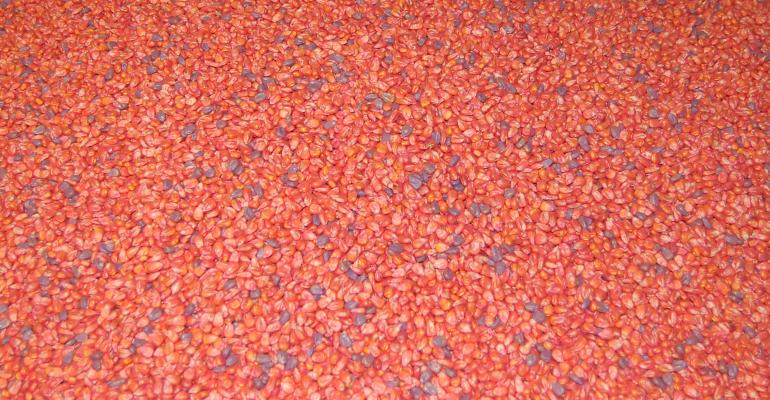Think twice before skimping on corn borer protection

Corn Pest Beat: A few dollars saved on GMO traits could haunt you later.
Dec 02, 2021
Is corn borer worth insisting on hybrids with aboveground trait protection? If I can find cheaper seed without aboveground protection, would that be an acceptable risk management strategy to increase net income?
This month’s Indiana certified crop advisers panel includes Steve Gauck, a regional agronomy manager for Beck’s, Greensburg; Jeff Nagel, an agronomist with Ceres Solutions, Lafayette; and Dan Ritter, an agronomist with Dairyland Seed, Rensselaer.
Gauck: Farming is about risk aversion. What risks are you willing to take? Corn borer populations are lower in the Midwest, but they’re still here. If savings in seed cost is more than possible yield loss from corn borer damage, look at non-traited corn.
The biggest challenge with corn borer is lack of control methods once you have insect pressure. To avoid high corn borer pressure, don’t have the first or last corn planted in your area. Scout and watch catch traps to determine when corn borer hatches occur. Spray before larvae bore into the stalk. Many non-traited corn hybrids may not have a herbicide trait. How will that affect weed management?
Nagel: Generally, there will be better availability and selection of high-yielding genetics in a trait package compared to conventional hybrids. The germplasm along with aboveground trait protection for insects like corn borer will likely provide a more consistent return on investment compared to conventional hybrids. The exception might be areas where processors offer a premium for non-traited corn.
If you choose to go with no aboveground traits, know your risks and be willing to scout and manage. We have seen more than one year where farmers were surprised to find corn borer, and it was too late to treat.
European corn borer is a sporadic pest, and levels of infestation tend to be field-specific when damaging levels occur. Larvae overwinter in cornstalks and pupate in the spring; then adult moths emerge, mate and lay eggs on the tallest, mid-whorl corn. Larvae feed in the whorl and then move into the stalk, causing a yield loss from physiological stress. One larva per plant can cause 4% to 6% yield loss. Fields can be scouted for first-generation larvae feeding and managed reasonably well with a foliar insecticide, if needed. Second-generation borers can cause yield losses by boring into stalks and ear shanks and feeding on ears. Realize that the second generation, and occasionally a third, are very difficult to monitor and make a timely effective insecticide seed treatment.
Ritter: Through using these technologies, European corn borer numbers have dropped recently. They aren’t gone, by any means. If you can persuade your neighbors to continue buying insect-traited corn, all the better. Make sure genetically those products fit your farm. What you save in tech fees you could lose in yield simply because the hybrid was a product that wasn’t matched well to your operation.
Also, we’re coming off a year with extreme stalk rot lodging. Do you want to risk a corn borer infestation and deal with stalk lodging from corn borers? The bottom line is, all traits are a form of insurance and added tools. So, how much risk do you want to accept? Do you need the tools that come with those traits? With the help of your trusted seed professional, decide what products are best for your farm.

